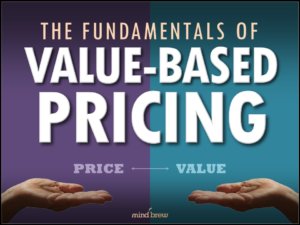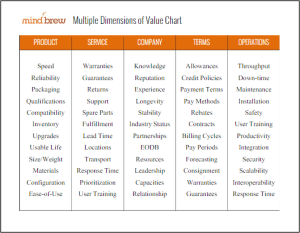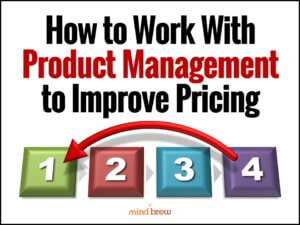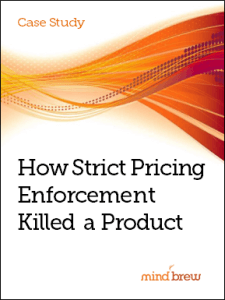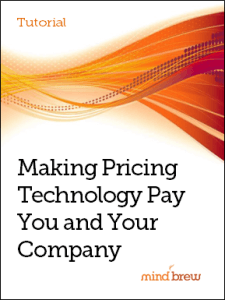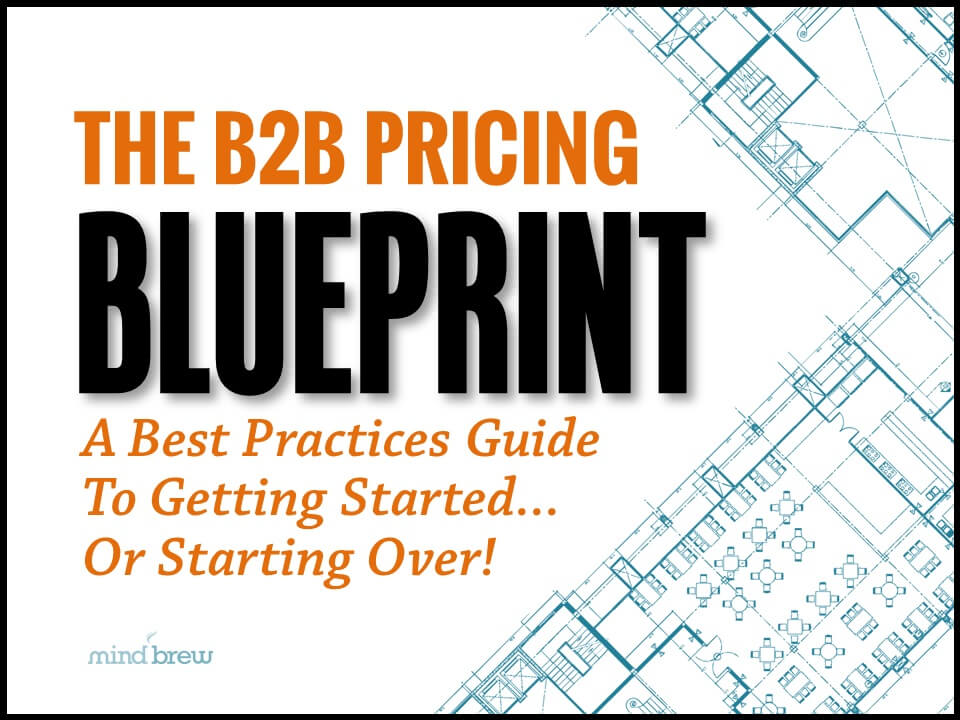It’s no surprise that the term ‘value-based pricing’ tends to be a bit misleading. After all, the word ‘pricing’ is right there in the name, right? So naturally, it leads us to believe that the practice is all about crafting price points. And to be clear, price points are certainly part of it; just not the main part of it.
You see, the key to unlocking the full potential of value-based pricing doesn’t lie in the realm of digits and currency symbols. Rather, it is firmly rooted in something a bit more abstract yet vitally important: communication.
The real crux of value-based pricing is not just about assigning a price-point to your product or service. It’s about understanding how your buyers’ perceive the value of what you offer and communicating your differential value more effectively to them. The prices themselves are mere placeholders or an embodiment of the value you offer. They are just one communication mechanism in a broader orchestra of mechanisms, all playing a part to convey your product or service’s value, relative to the alternatives.
Think about it: the prices are silent narrators that communicate a story. They reflect the essence of your product, its worthiness, its unique qualities, and the benefits it offers to buyers and users. In essence, your prices represent a promise of value that needs to be consistently reinforced and demonstrated through all the various facets of your business, from sales and marketing through customer service and support.
In a business that embraces value-based pricing, effective communication is what makes it all work. When you consider your differential value, you’re not merely looking at numbers and spreadsheets. You’re delving deep into your customers’ psyche to understand what truly matters to them, and then you’re turning those insights into a compelling narrative.
To maximize the potential of value-based pricing, every communication in your company should reinforce this narrative of differential value.
And you’re not just sending this message to prospects and customers in the marketplace. You’re also sending it to your sales reps, your marketing team, your bid desk personnel, your leadership team, and every other stakeholder involved in delivering your product or service.
Let’s look at it from a sales rep’s perspective…
Their primary objective is to convince potential buyers of the superior value of your product relative to the alternatives. Now, if they themselves are not fully convinced of this value, their pitch will be weak and they’ll be quick to cave at the first sign of hesitation or push-back. This is why the effective communication of differential value must first be internal, before it can be externalized to the market.
In other words, your team needs to buy it before they can sell it.
Beyond that, your sales tools, marketing materials, customer testimonials, data sheets, tech notes, web pages, slide decks, email campaigns, and so on, are all instruments in the orchestra for communicating differential value. And each one of these things has a part to play in asserting the worth of what you’re offering…over and above what the alternatives provide…to have a positive influence on perceived values in the marketplace.
For example, your marketing materials shouldn’t just highlight the technical features of your product. Beyond the basic “speeds and feeds,” your marketing materials should also credibly and compellingly expose, explain, and prove exactly how your product delivers more value than the alternatives. And every other communication mechanism should be viewed as yet another opportunity to do the same.
Again, it’s important to understand that if you think value-based pricing is primarily about the price points, you’re going to stop short and miss the mark. On the other hand, when you recognize and embrace the idea that value-based pricing is really all about the effective communication of differential value…to everyone and through everything…you’ll ensure that you’re doing all the right things to unlock the full potential of this incredibly potent practice.

